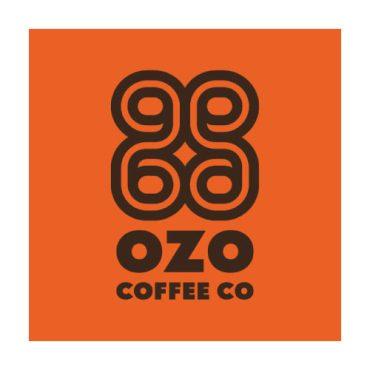Around the world, people are pledging to refuse to use single-use disposable plastics like plastic straws, plastic packaging, and take-out containers, many of which are easily replaceable with alternatives that are better for people and the planet.
Why have a plastic-free month? Because if current trends continue, global plastic production will quadruple by 2050, reaching an astonishing 1.6 trillion tons annually if I did my math right. Most of which will wind up as waste, polluting the planet and posing serious health threats.
While plastics serve important functions, take-out containers and straws that get used for a few minutes and then trashed, are not among them. This is a very real global problem because plastic is not biodegradable and never truly goes away, lasting centuries or longer.
Only 9% of all plastics ever created have been recycled. There’s no way recycling can keep pace with increased production rates. In addition, plastics can only be recycled once or twice unlike aluminum and glass, which are basically infinitely recyclable.
It defies common sense to use plastic products for a few minutes and then throw them in the trash, especially when more environmentally friendly alternatives are readily available.
Not to mention that the vast majority of plastics are made from fossil fuels and contain toxic chemicals and even carcinogenic additives.
It’s time to reduce our use of plastics. And when we do use plastics, we need to get smart about the plastics we choose. Here’s a quick primer on plastics using the industry’s Resin Identification Code, to help you be a smarter consumer.
First the plastics that are relatively safe from a human health standpoint:
Plastic items with a #1 inside a recycling symbol are PETE, or polyethylene terephthalate, which is common in soda and water bottles and some plastic clamshells. PETE is relatively safe, although studies have shown that repeated use of the same PETE container could cause leaching of carcinogenic chemicals and endocrine disrupters.
#2 HDPE or high-density polyethylene, which is used in milk jugs, shampoo bottles, detergent bottles, and some department-store plastic bags, is relatively safe as is #5 PP or polypropylene, which is used in medicine bottles and yogurt containers,.
These numbers, #1, #2, and #5, when they appear on a bottle, tub, jug, jar or clamshell container, have better domestic markets for recycling than the other numbers.
But please don’t recycle by the numbers and check your local guidelines to be sure you’re putting the correct items in your curbside recycle bin. For example, plastic cups are not recyclable no matter what number is stamped on the bottom of the cups.
#4 LDPE, or low-density polyethylene, is used in plastic film wrap and bags such as dry cleaning bags, bread bags, and newspaper bags. However, plastic bags should NEVER go in your single-stream curbside bin. If you live in or near Boulder County, you can recycle clean, dry plastic bags at the Center for Hard to Recycle Materials in Boulder, at participating grocery stores in Boulder and Denver, or at the Longmont drop-off center.
Now for the definitely not safe plastics.
#3 PVC, or polyvinyl chloride, and # 6 PS, polystyrene, are among the most harmful plastics and should be avoided.
Polyvinyl chloride, which is used in plastic toys, dog chew toys, and shower curtains, releases carcinogenic dioxins into the environment when manufactured or incinerated and can leach phthalates with use. Phthalates are linked to numerous health issues, ranging from development issues to reproductive problems.
#6 PS or polystyrene, often mistakenly referred to as Styrofoam, is used in food and beverage “to go” boxes, as well as some clear cups and containers. Polystyrene contains styrene, is a known human carcinogen and hazardous air pollutant, and can cause nervous system impairments among industry workers. Styrene can leach from containers into food. Polystyrene also contains benzene, a possible human carcinogen.
#7 PC or polycarbonate, can potentially leach bisphenol-A (BPA), a known hormone disruptor that has been linked to hyperactivity, infertility, and reproductive problems.
Examples of common #7 PC- baby bottles, sippy cups, car parts
And, just in case your head isn’t already spinning, there’s a caveat.
#7 will also appear on products designed for industrial composting. In this case, please make absolutely sure the #7 is accompanied with the initials PLA, for polylactic acid, indicating that the plastic is made from a plant rather than petroleum.
Remember, all plastics can leach toxics under certain conditions.
So don’t subject plastics to high temperatures (like in the microwave or dishwasher, from hot food or drink, or from direct sun). “Microwave safe” simply indicates the plastic won’t melt in the microwave, not that it won’t leach chemicals. And avoid cleaning plastics with harsh detergents to prevent releasing additional chemicals.
Eco-Cycle has a handy-dandy Pocket Guide to Plastics to help you remember all of this. Download it for free at www.ecocycle.org
KGNU will bring you recycling tips and covering zero waste issues throughout the year in partnership with Eco-Cycle, thanks to a grant from Boulder County.




















